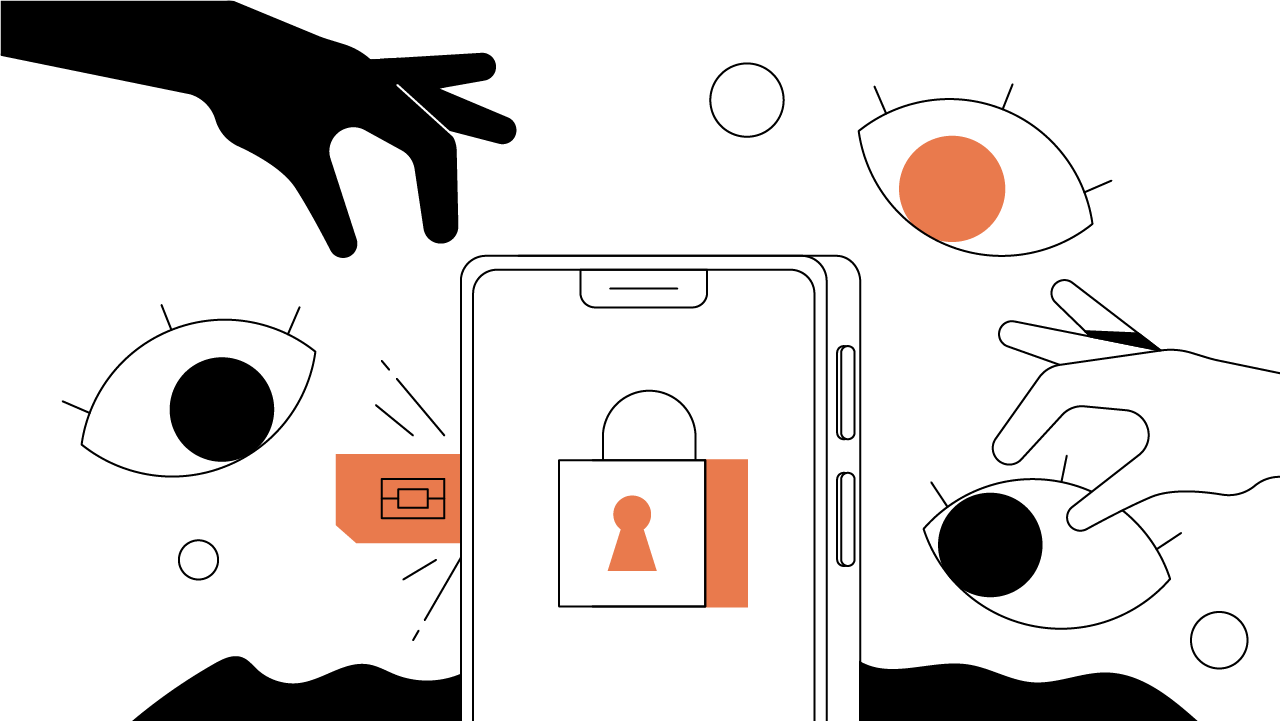Contents
What Is Crypto Dust?
Though harmless and commonplace in itself, crypto dust can raise concerns about privacy in certain scenarios.
Updated December 13, 2021 • 3 min read

Summary
If you use cryptocurrency to trade or transact, you probably have dust. Dust is simply a trace amount of cryptocurrency that’s leftover after a trade or transaction. It typically has negligible monetary value, ranging from minuscule fractions of a penny to a few dollars. In the crypto world, dust is a byproduct of numerous trades and transactions and is found on most blockchains. Dust is not something most crypto holders should be concerned about, but it’s a good idea to know what those small amounts in your wallet are and how they accumulate.
When a transaction is processed on the blockchain, it sometimes creates dust. You may think of dust as what’s leftover in your wallet after you’ve completed a transaction. Whereas $1 can be broken into 100 pennies, one bitcoin (BTC) can be broken down into one hundred million Satoshis.
In a Bitcoin wallet, your balance is the sum of your unspent transaction outputs (UTXO). For example, let’s say you have a Bitcoin wallet with UTXOs of:
0.25024907 (UTXO 1)
0.56971420 (UTXO 2)
0.19547752 (UTXO 3)
0.93582007 (UTXO 4)
This would give you a balance of 1.95126086 BTC. Let’s label these UTXOs 1-4. If you wanted to send 0.25 BTC to a friend, you could use any UTXO except number three as it’s below the amount you want to send. With each of the viable options, you’d have bitcoin left in your wallet after you sent the 0.25 BTC plus your transaction fee. However, if you used the first UTXO, you’d receive very little “change” back. Using this option, your friend receives the 0.25 BTC and, if the current transaction fee is 0.00020531, you’d have 0.00004377 BTC, or 4,377 Satoshis, left in your wallet. This very small amount of crypto is called dust.
However, if you used the second or fourth UTXO, you’d receive a large UTXO back, which wouldn’t be dust. Earlier wallets let you manually select UTXOs, but most wallets these days automatically select the UTXO(s) to be spent in order to minimize the fees and dust.
Is Crypto Dust Bad?
Crypto dust isn’t bad — it’s just a small byproduct of using a blockchain-based payment network. You’ll see dust not only when you transact, but when you trade as well. This typically happens when you try to trade all of one asset for another. If you trade all your ether (ETH) for bitcoin, you can’t get it converted exactly to eight decimal places — there’s usually a small amount leftover. This is the dust. There is no rounding. Therefore, you’ll have dust in your exchange accounts as well. Some exchanges will give you credit for this leftover dust. If they do, it is commonly credited to you in the specific exchange’s native currency as an incentive to use that exchange, even though the dust may not add up to much. If you don’t get credited for the dust, you probably don’t need to panic about losing less than a penny's worth of a cryptocurrency.
What Is a Dust Limit?
First, you actually don’t lose the aforementioned dust. You have it, it’s just currently unusable and unspendable. You may think of the dust limit as the minimum amount an address needs to have in order to use the network. An address with less cryptocurrency than the amount needed to use the network is below the dust limit. This transaction fee can vary with the markets. Therefore, the dust limit actually changes with the popularity of the network and the token’s current price. It also depends on which cryptocurrency you are using, as the fees vary widely between them. For example, most wallets observe a Bitcoin dust limit of 546 sats (0.00000546 BTC, or roughly 7 cents).
Can You Receive Crypto Dust Without Doing Anything?
Yes, it’s possible to receive crypto dust without doing anything, and this is called a dusting attack or just dusting. In a dusting attack, dust is sent to a huge number of addresses, usually tens of thousands, in order to try to track payments and connect them to a business or individual. However, dustings are not always malicious; they have also been used for good — to send messages and advertise in the cryptocurrency space, for example.
Should You Be Worried About Getting Dusted?
Dustings have waned in popularity, and you can probably consider them to be more of an annoyance than a major issue. However, if you have large holdings, you may want to be cautious. Dusting has the potential to deanonymize or “unmask” a user by connecting an address to a specific person or business.
How concerned you should be also depends on how much you value your privacy and anonymity. If you get dusted, senders don’t have control of your funds or account. Even if you spend the dust, a sender may or may not be able to link it to you through a block explorer, which is a tool used to view crypto transactions using blockchain analytics. More importantly, most current wallets make this task much more difficult because of their design.
Dusting is not something most crypto holders should be concerned about, but it’s a good idea to know what those small amounts in your wallet are and how they accumulate.
Cryptopedia does not guarantee the reliability of the Site content and shall not be held liable for any errors, omissions, or inaccuracies. The opinions and views expressed in any Cryptopedia article are solely those of the author(s) and do not reflect the opinions of Gemini or its management. The information provided on the Site is for informational purposes only, and it does not constitute an endorsement of any of the products and services discussed or investment, financial, or trading advice. A qualified professional should be consulted prior to making financial decisions. Please visit our Cryptopedia Site Policy to learn more.

Is this article helpful?


